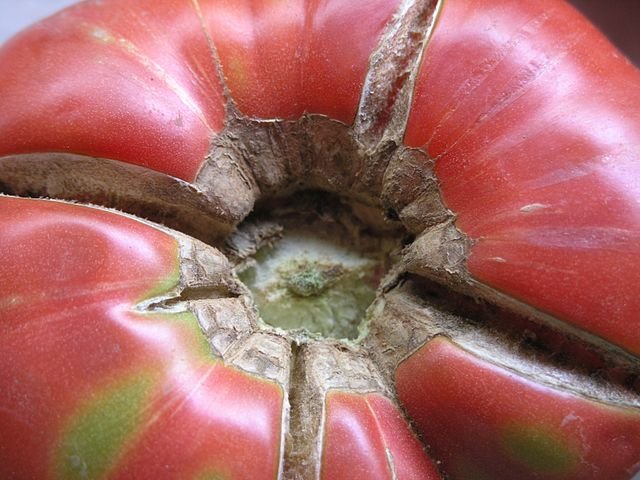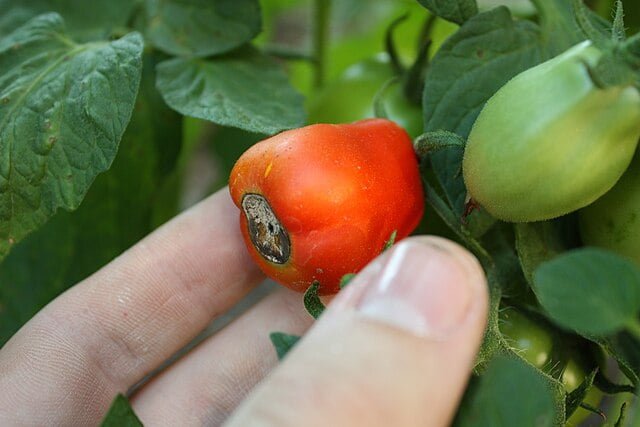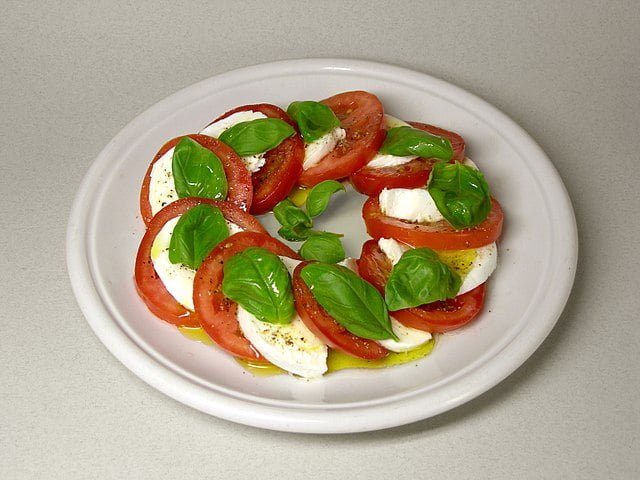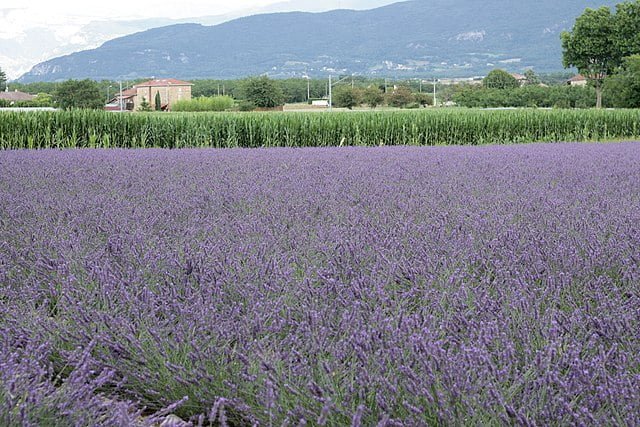Splitting Tomatoes: Causes and Solutions
Tomato lovers know there’s no joy quite like seeing your first ripe, juicy tomato of the season. But if your much-anticipated tomato is cracked or split, it can really put a damper on your gardening enthusiasm. Why does this happen and how can you prevent it? This blog post will guide you through understanding and combating this issue.
Understanding Tomato Splitting
Tomato splitting or cracking can happen for several reasons, but the most common is inconsistent watering. Here’s what happens: when a tomato plant gets a sudden excess of water after a dry period, it takes up the water rapidly. The insides of the fruit swell and grow, but the outer skin cannot stretch quickly enough to accommodate this rapid expansion, and it splits open.
Weather can also contribute to this issue. Warm, sunny days cause the plant to draw up lots of water to support rapid growth. If this is followed by heavy rainfall, the sudden water influx can cause fruit to split. Similarly, dry spells can cause the fruit to stop growing, and if the skin hardens during this period, it may split when growth resumes.
Preventing Tomato Splitting
- Consistent Watering: The key to preventing most tomato splitting is consistent watering. The soil should be kept moist but not waterlogged. Depending on the weather, this might mean watering a little every day or every other day.
- Mulching: Applying a layer of mulch around your tomato plants can help maintain consistent soil moisture levels. Mulch reduces surface runoff and slows evaporation, keeping the soil at a more consistent moisture level throughout the day.
- Proper Plant Spacing: Proper spacing of plants can help ensure that they get the water they need without competition. This also allows air to circulate between the plants, which can help reduce the risk of fungal diseases that can exacerbate splitting.
- Choosing Resilient Varieties: Some varieties of tomato are more prone to splitting than others. If splitting is a frequent problem in your garden, you might want to consider growing a different variety. Cherry tomatoes, for example, are more prone to splitting, while paste tomatoes are less likely to crack.
- Correct Fertilizing: Over-fertilizing can lead to rapid growth spurts that can cause tomatoes to split. Follow the recommendations for your specific fertilizer product to avoid overdoing it.
While it’s disappointing to find a split tomato on your vine, don’t despair. Cracking is a common issue, and with the above preventive measures, you can minimize the chances of it happening. Remember that split tomatoes are still edible, as long as you harvest them before insects invade. Simply cut away the cracked area before eating or preserving. Happy gardening!







